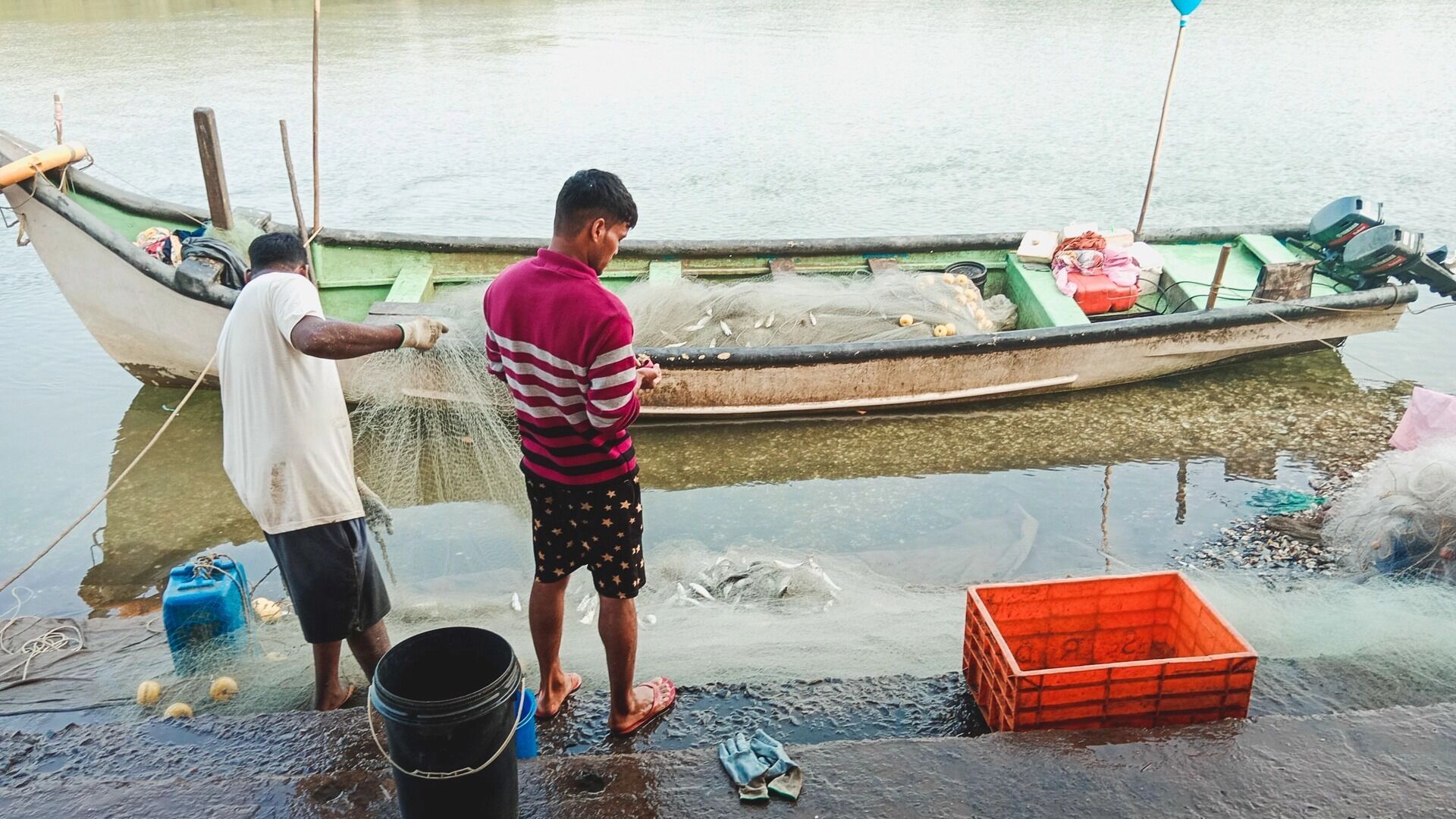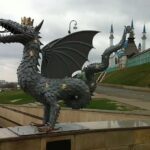Tatarstan is considering the possibility of inviting foreign specialists from India. This is due to a shortage of workers in the republic. Where Indian migrants could find employment is discussed in this material.
The idea was proposed during the business forum “TIME: Russia – India. Mutual Effectiveness.” It was noted that more migrants from non-CIS countries are appearing in Tatarstan’s labor market.
Foreigners are gradually occupying niches that were typically filled by workers from CIS countries. Therefore, the republic is considering attracting specialists from India. Indians “have a high qualification level,” and many of them have higher education, having studied in IT, medicine, and languages.
Over 8 months, 2,900 Indian citizens were registered for migration in Tatarstan. It also became known that by the beginning of September, 1,300 citizens of the Asian country were registered as labor migrants in the republic. However, their specific workplaces were not disclosed.
In 2024, 138 Indian citizens were officially employed in Tatarstan. They worked at 20 enterprises – in construction, education, services, and light industry. According to sources, the region is ready to develop cooperation with India in IT, technology projects, construction, healthcare, and agriculture.
Currently, about 50,000 migrants are officially working in Tatarstan – this is 2% of the total employed population. They mainly work in construction, trade, catering, transport, and manufacturing. Meanwhile, regional authorities expect the number of labor migrants to grow.
Earlier reports indicated that 707 Indian citizens could find employment in Tatarstan. This was the quota allocated by the beginning of September. It was also reported that 132 Indians were officially working in the republic at that time. They mainly worked at construction sites. Among the employers were “Alabuga Development” and the Bolgar Islamic Academy.
In early September, it was stated that relations with Russia are only strengthening, despite pressure from other countries. The Indian Prime Minister expressed similar sentiments. It was noted that trade between the countries could exceed $100 billion per year.
Other regions have also voiced the idea of inviting specialists from India. For example, in July, 75 Indians were employed at the Uchalinsky garment factory. The reason for inviting foreign specialists was a personnel shortage. Contracts are designed for 3 years, with migrants promised 30-33 thousand rubles per month.
Meanwhile, it was stated that up to 1 million Indian highly qualified specialists could arrive in Russia by the end of the year. Again, this is due to workforce shortages in the regions. Simultaneously, negotiations were underway about labor cooperation with Sri Lanka and North Korea.
Tatarstan
Tatarstan is a federal republic of Russia located at the confluence of the Volga and Kama Rivers, with a capital in Kazan. Historically, it was the center of the Volga Bulgaria state and later the Kazan Khanate before being conquered by the Russian Tsardom in the 16th century. Today, it is a vibrant, economically developed region known for its unique blend of Turkic Tatar and Slavic Russian cultures.
CIS
“CIS” most commonly refers to the Commonwealth of Independent States, a regional intergovernmental organization in Eurasia. It was formed in 1991 following the dissolution of the Soviet Union, with most of the former Soviet republics as its founding members. The organization was established to foster cooperation in political, economic, environmental, and security matters among its member states.
Alabuga Development
“Alabuga Development” is a special economic zone located in the Republic of Tatarstan, Russia. It was established in 2005 to attract foreign investment and foster high-tech industrial production. Today, it is one of Russia’s largest and most successful industrial parks, hosting numerous international manufacturing companies.
Bolgar Islamic Academy
The Bolgar Islamic Academy is a modern higher education institution for Islamic studies, officially opened in 2017 in the city of Bolgar, Tatarstan, Russia. It was established on a site of profound historical significance, as the ancient city of Bolgar was an early capital of Volga Bulgaria, the region where Islam was first adopted as a state religion in 922 CE. The academy’s creation aims to revive this historical legacy as a major center for Islamic theology, research, and culture.
Uchalinsky garment factory
The Uchalinsky Garment Factory was a major textile manufacturing enterprise established in the Soviet era in the city of Uchaly, Russia. It played a significant role in the local economy by providing employment and producing clothing for the national market. Following the dissolution of the USSR, the factory, like many state-run industries, faced economic challenges and eventually ceased operations.
Russia
Russia is a vast transcontinental nation with a rich history spanning over a millennium, founded in the 9th century with the establishment of the Kievan Rus’ state. It evolved into a major global power as the Russian Empire and later the Soviet Union, leaving a profound cultural legacy in literature, music, and art. Today, it is known for iconic sites like the Kremlin and Red Square in Moscow and the historic center of Saint Petersburg.
India
India is a culturally rich and diverse South Asian nation with a history spanning over five millennia, marked by ancient civilizations like the Indus Valley, the rise of major religions such as Hinduism and Buddhism, and successive empires including the Maurya and Mughal dynasties. It gained independence from British colonial rule in 1947, evolving into the world’s largest democracy while preserving its deep-rooted traditions, languages, and spiritual heritage. Today, India is renowned for its vibrant festivals, architectural marvels like the Taj Mahal, and significant contributions to philosophy, science, and the arts.
Sri Lanka
Sri Lanka is an island nation in South Asia with a recorded history spanning over 3,000 years, renowned for its ancient kingdoms, Buddhist heritage, and sophisticated irrigation systems. Its cultural landscape is dotted with UNESCO World Heritage sites, including the sacred city of Anuradhapura, the rock fortress of Sigiriya, and the Temple of the Tooth Relic in Kandy. This rich history, combined with its diverse ethnic groups and colonial influences, has created a unique and vibrant culture.





